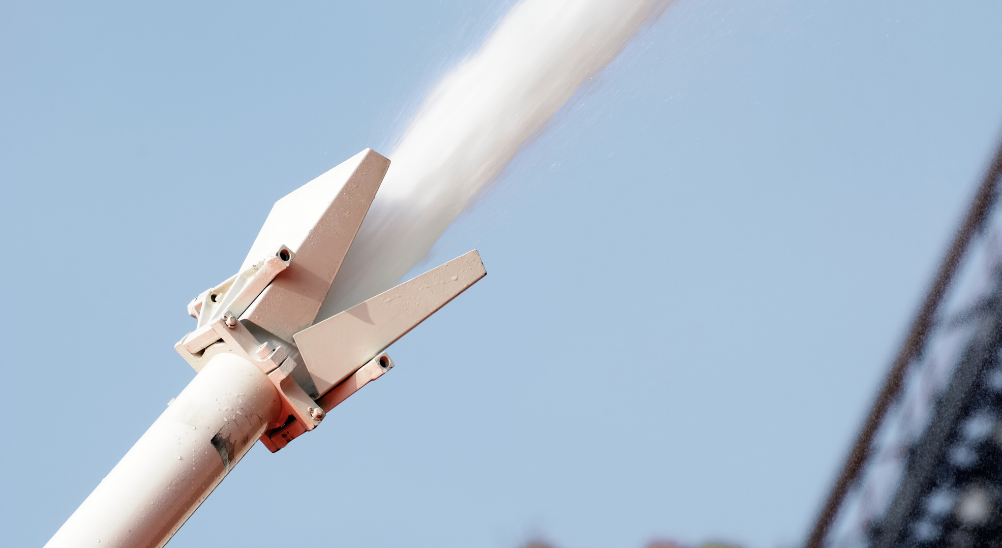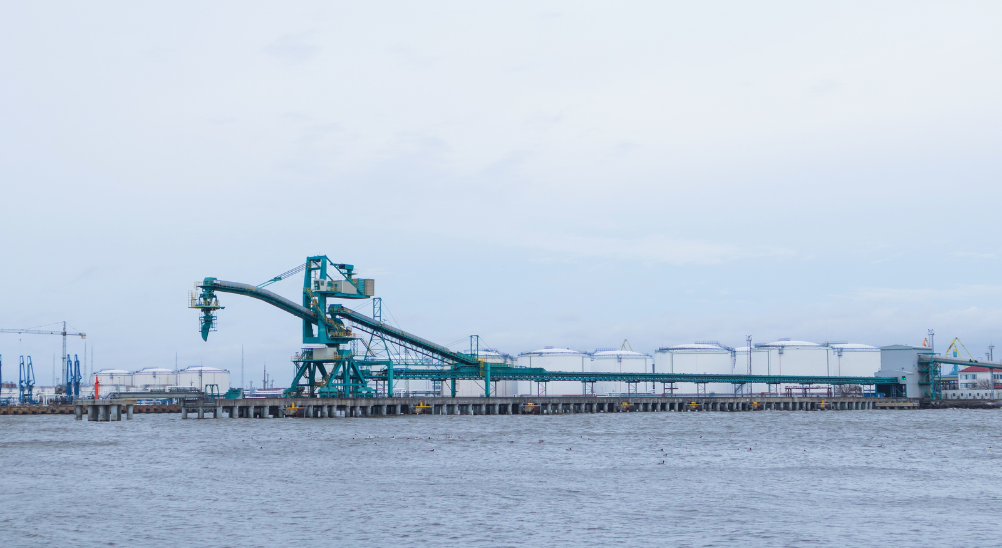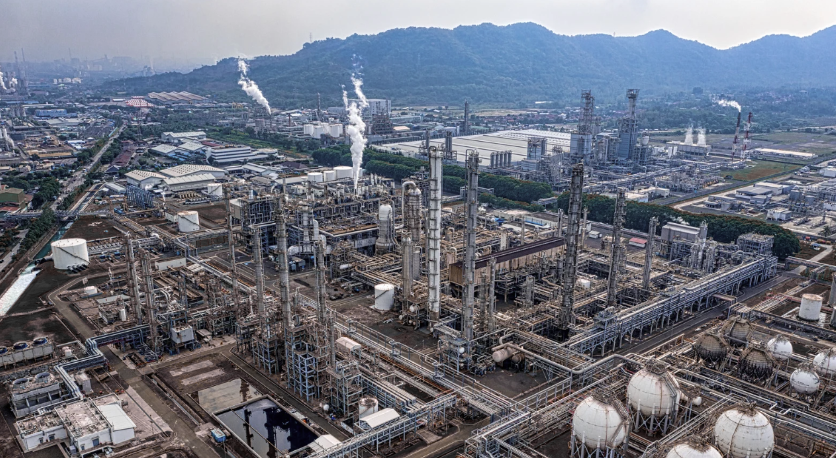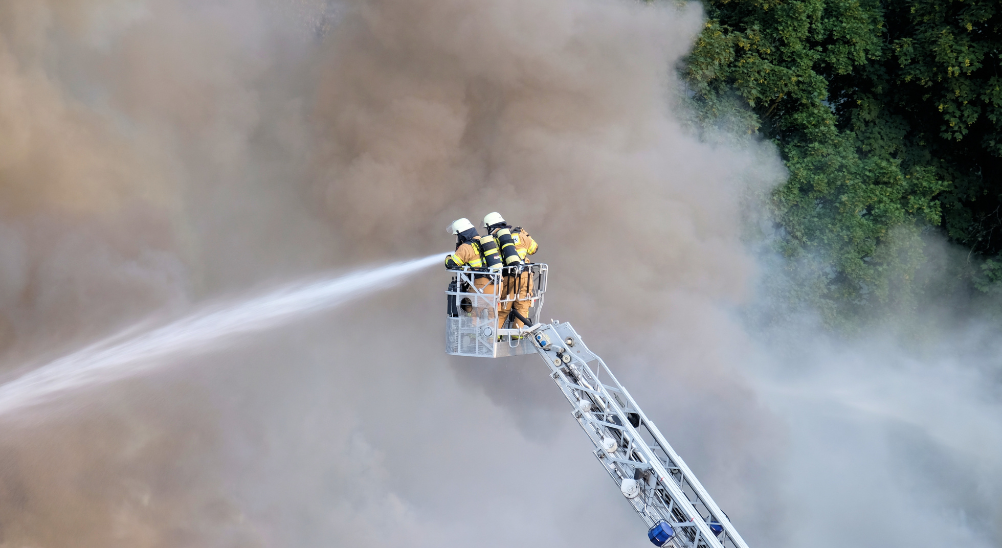Towards Sustainable Fire Protection
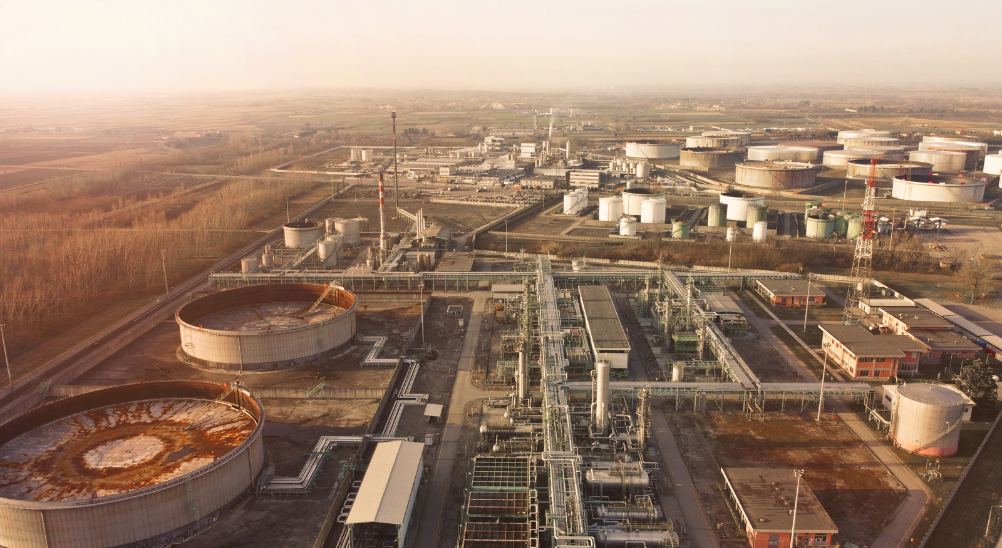
Overcoming the challenges of transitioning to PFAS-free foam
Across multiple industries – ranging from petrochemicals and aviation to power generation – firefighting foam remains a critical safeguard against catastrophic incidents.
Historically, Per- and Polyfluoroalkyl Substances (PFAS) in Aqueous Film-Forming Foam (AFFF) and FilmForming FluoroProtein Foam (FFFP) have provided rapid fire knockdown, thanks to fluorosurfactants that drastically lower the surface tension of water. This action allows a thermally stable aqueous film to form on top of the fuel, effectively sealing vapours and aiding quick extinguishment.
Today, growing environmental and health concerns around PFAS persistence have accelerated a global shift toward Synthetic Fluorine-Free Foam (SFFF). As part of this movement, Singapore – also a signatory to the Stockholm Convention – has enacted new regulations to tighten the import, use and storage of PFAS-based foam concentrates.
Unlike fluorinated formulations, SFFF typically relies on hydrocarbonbased surfactants, which cannot form a continuous aqueous film. Instead, these foams depend on a robust and cohesive bubble structure to suppress fires. This distinction represents a complete paradigm shift in firefighting tactics and system design, especially against large-scale or complex fuel hazards.
Different classes of fuels – even in hydrocarbon (non-polar solvent) fires – can affect how effectively SFFF blankets the hazard, requiring more precise application rates, density calculations and adjusted discharge methods. The latest Factory Mutual standards already reflect these refinements, and further updates are likely in other design and type-approval guidelines.
Transitioning to SFFF, therefore, requires far more than a product swap. In many cases, existing foam proportioners, discharge nozzles and piping systems must be reengineered to ensure they deliver the correct flow rate and foam consistency.
Additionally, thorough system decontamination is vital. Residual PFAS in tanks, hoses or pipe networks can compromise new foam concentrates, leading to cross-contamination and potential regulatory non-compliance. Dedicated decontamination protocols – flushing, cleaning, and replacing incompatible components – help ensure that SFFF systems operate at their designed effectiveness without trace remnants of fluorinated compounds.
Equally important is performance validation. Full-scale fire tests, sometimes conducted under conditions that simulate realworld hazards, confirm that new SFFF systems meet recognised standards. These tests also build operator confidence, especially when dealing with fuels that behave differently with fluorinefree agents. On the human side, firefighters and emergency responders need updated training to adapt to SFFF’s particular foam characteristics, including coverage patterns and extinguishment rates.
Despite these challenges, the shift to fluorine-free solutions signifies a broader commitment to sustainable development. As more industrial facilities take on the technical and operational nuances of SFFF, the industry is gathering critical data that will continue to inform best practices.
Specialist consultancies, such as Archer, which have supported multiple large-scale conversions, emphasise a partnership model that brings together end-users, foam manufacturers and regulatory bodies.

